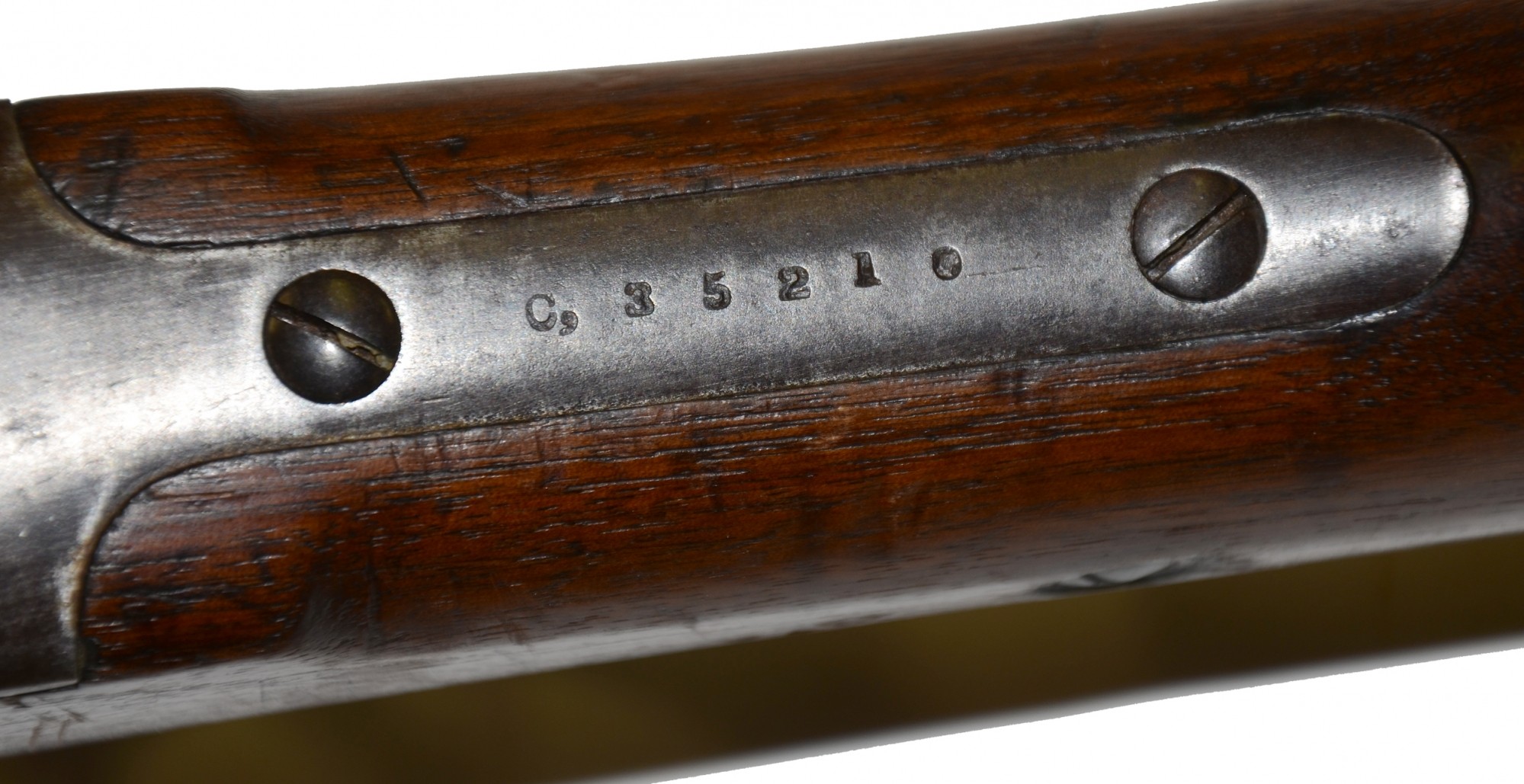
It’s notable that in Hopkins’ exhaustive listing of markings on the weapon, he does not list any markings for the Navy.
Sharps rifle serial numbers serial number#
Hopkins guesses the serial number range to be in the 44,000’s, and was looking at one numbered 44,010.
Sharps rifle serial numbers Patch#
Obviously the percussion action predates the conversion to a firing pin for metallic cartridges, and I suspect the patch box went away with conversions, but I’m drawing my own conclusion about this last point based on samples I’ve seen. 52 caliber is the “Sharps” caliber, and the conversions moved these to 50-70. So we can guess that what Hopkins was looking at is an unconverted variant of our gun. 52 and the action type is listed as percussion. He notes the unusual lack of a saddle ring, and notes that the receiver, lock, barrel band, breech block, patch box, lever, buttplate and trigger plate are color case hardened. Until further and conclusive evidence is found to verify the issuance of this piece to the Navy, it should be considered as nothing more than a reworked rifle, an interesting variation, but surely not made of gold.” Military Sharps: Rifles & Carbines, Volume 1 by Richard Hopkins, 1967Īt the time, Hopkins referred to this gun as the “Sharps New Model 1859 U.S.N Carbine”.

These three reportedly came from Benicia Arsenal very little is known about this variation and nothing official has yet been found that can substantiate the use of this model by the United States Navy. The two models examined show approximately the same amount of wear. A third specimen has been reported but no opportunity has arisen for a detailed inspection. “Two of these carbines were viewed personally and found to be identical. In 1967, Richard Hopkins wrote the following about Sharps New Model 1859 Navy Carbine: We’re going to take a tour through time and watch how the iterative improvement of research from dedicated collectors over the years has evolved our understanding of this gun. I know McAulay has one or two more books out there with some overlap, but not sure if they have anything his other books leave out. If you know of more books that discuss this gun specifically, I’d love to know about it. The Percussion Era by Roy Marcot, Ron Paxton, and Edward W.

I mentioned earlier that the true history of these guns wasn’t really known until several years ago, and in this article we’ll get into that history. Nonetheless, these guns are colloquially known as the Sharps New Model 1859 Navy Carbines, which turns out to be a bit of a misnomer. It lacked the ring and bar typical of a cavalry carbine, and didn’t have any brass furniture typical of a Navy contract. In Part 1 of this journey, we looked at a gun that turned out to be a Sharps New Model 1859 carbine.


 0 kommentar(er)
0 kommentar(er)
